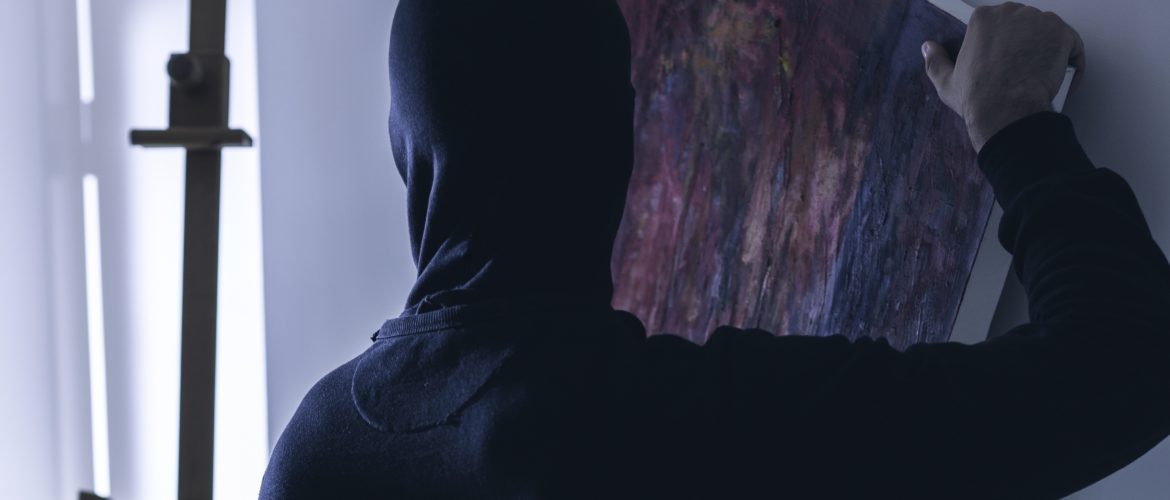Notorious Art Fraudsters and How They Got Caught

Bid demand and high value make any kind of good a center of attention for smugglers and thieves. It perfectly explains why the art world is a sweet spot for potential money-hungry criminals. If only there were after the cultural and historical significance of artworks, not their price tags. And while stolen art is hardly a rare thing, you won’t find so many stories and actual criminal cases as compared to the number of crimes in other segments of life. However, even this industry has its antiheroes. Here is the list of the most notorious art fraudsters, thieves, and forgers who were caught.
Notorious Art Fraudsters and How They Got Caught
Mark Landis
Mark Landis is not just a usual man in a mask. He is a professional pretender who suffered from mental illness and created a fantasy of a wealthy philanthropist who gave away a lot of fake paintings to galleries and museums. In fact, he didn’t break any existing law because he didn’t pursue monetary gain. It was Matthew Leininger, the registrar at the Oklahoma City Museum of Art, who noticed the fake donation and started the confidential investigation that would expose Landis in the future.
John Myatt
The story of John Myatt is a reminder that you need to be careful with your friends. Originally an artist, he created different copies of well-known masterpieces. However, he didn’t intend to sell them until the day when he met the professional con man – John Drewe. By producing replicas and falsifying provenance documentation, the dream team forged approximately 200 famous paintings, with the majority of them still being on the market. With time, art dealers became suspicious of Drewe’s large supply of paintings. Later on, the two colleagues would end their partnership, but it didn’t save Myatt from arrest by Scotland Yard.
Stéphane Breitwieser
By stealing 239 artworks from 172 museums around Europe, Stéphane Breitwieser made it into history as one of the most skillful art fraudsters and thieves alive. His consistency was indeed impressive, and yet he made a mistake at the Richard Wagner Museum in Lucerne, Switzerland. The problem is that he returned to the museum two days after his first theft and was reported by the journalist Erich Eisner for whom Stéphane looked rather suspicious. He was caught by the authorities that same day.
The greatest art fraudsters have probably never been caught, which makes them the best of the best in their creative pursuits. Considering how many of them are still at large, the list of the infamous “aesthetics lovers” will be getting bigger and bigger in years to come.
